
OR
Opinion
India's Role in South Asia: Pathways to Regional Prosperity and Peace
Published On: October 30, 2023 08:30 AM NPT By: Nabraj Lama
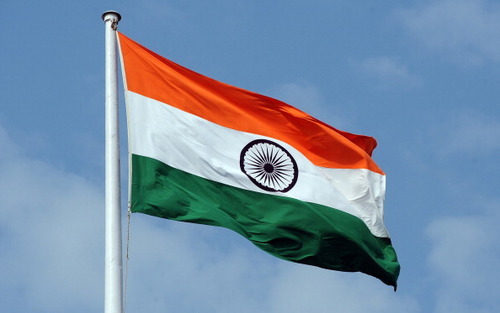

Nabraj Lama
The author is a research scholar with a primary focus on Himalayan Studies, international relations, political economy, and Indigenism. He is affiliated with the Himalayan Strategic Institute.news@myrepublica.com
More from Author
- Nepal's 1923 Treaty with British India: A Centennial Reflection on Diplomatic Resilience and Sovereignty
- India's Role in South Asia: Pathways to Regional Prosperity and Peace
- The Unequal Balance of Power: Kathmandu's Dual Standard on Rule Enforcement
- Between the Giants: Nepal’s Geopolitical Significance for US Interests in South Asia
- Erosion of Professional Ethics
The roadmap for India's success in the region isn't inscribed in just its domestic achievements but in how it facilitates a collective rise.
Envisioning a South Asia where every nation feels vested in a communal narrative of progress is the need of the hour. It's about laying down connectors of trust and cooperation, rather than barriers of mistrust. The essence lies in building bridges that facilitate exchange and mutual growth, rather than erecting walls of division.
South Asia, an enchanting expanse that showcases the world's richest diversities, holds within its boundaries nearly a quarter of the global population. This mesmerizing region, steeped in a deep reservoir of cultures, histories, and geographies, echoes tales from ancient Indus valley civilization to the fervent struggles for independence. Spanning from the majestic Himalayas to the serene Indian Ocean, it's a land where myriad languages resonate, religions intertwine, and traditions flourish.
Dominating this vast panorama, India emerges not merely by its sprawling landscapes and teeming multitudes but as the very heartbeat of the region. As the most influential entity, it's often seen as the subcontinent's compass, guiding, and at times, determining the course of regional dialogues and destinies. This colossal stature, while bearing testimony to India's historical and cultural weight, also ushers in a profound set of responsibilities. With such pivotal significance, how does India, often referred to as the sibling of South Asia, mold its influence to steer the region towards a harmonious future of prosperity and peace?
The narrative of India's regional role is akin to an intricate tapestry; woven with golden threads of hope and optimism, yet interspersed with contrasting shades of challenges and apprehensions. It's a narrative that questions, reflects, and anticipates the path India charts, not just for itself, but for the collective destiny of South Asia.
India's Positive Influence in South Asia
India's towering presence in South Asia is not merely a reflection of its geographical and demographic might, but also the influential role it has cultivated over the decades. The nation's unwavering commitment to democratic values stands testament to this. Embracing a free and open democratic ethos, India's robust democratic institutions have not only anchored its own societal fabric but have also shone brightly as a beacon of hope for its neighbors. This democratic model stands as a testament to the possibilities of governance that prioritizes voice, equity, and justice, offering a framework other nations can emulate.
Furthermore, when calamities have struck, India has consistently showcased its compassionate side. Be it earthquakes, floods, or other emergencies, India's role in humanitarian assistance speaks volumes of its dedication to regional solidarity. The nation has extended its hand, both in terms of material aid and expertise, affirming its commitment to regional well-being.
On the economic front, India's meteoric rise is not just its own success story. Its burgeoning economy, marked by thriving sectors like IT, healthcare, and manufacturing, offers a reservoir of opportunities. The ripple effects of this growth have been palpable, with trade links strengthening, investments flowing, and technology collaborations mushrooming, all collectively benefitting the neighboring landscapes.
Zooming in on Nepal, the ties between these two nations transcend mere political or economic transactions. Rooted in shared culture, history, and spirituality, this relationship has seen vibrant economic exchanges. With bilateral trade on an upswing, India has emerged as Nepal's principal trade ally and a significant investor. Yet, the partnership doesn't end at commerce. From infrastructure development to energy projects, India has been a partner in Nepal's quest for progress, underscoring the depth and breadth of this bilateral bond.
Challenges and Concerns: The Other Side of the Coin
While India's influence in South Asia is undoubtedly vast and largely beneficial, it is not devoid of complexities. Like the proverbial coin with two sides, India's regional engagement comes with its own set of challenges and concerns. And just as every radiant sunrise often follows a dark night, India's shining moments in South Asia have been occasionally overshadowed by clouds of contention.
A recurrent critique has been India's perceived dominance in its dealings with neighboring nations, with some viewing its approach as high-handed. Particularly with countries like Nepal, episodes of trade blockades and political maneuvers have sometimes cast a shadow on the mutual camaraderie. These instances, often labeled as "big brother" tendencies, have, at times, dented the reservoir of trust and goodwill.
The India-Pakistan dynamic, however, presents an even more intricate puzzle. A relationship rooted in shared histories, interwoven cultures, and familial ties, one would anticipate an alliance of heart and soul between the two nations. But the reality is starkly different. Prolonged periods of political discord, exacerbated by contentious territorial disputes, have kept the two nations more as adversaries than allies. As India navigates its path towards becoming a global frontrunner, the challenge remains: how to foster a relationship with Pakistan that is not just harmonious but also constructive? After all, in the grand theater of global geopolitics, a stable and progressive relationship between these two giants isn't merely a regional aspiration, but a global imperative.
The Ripple Effect of Regional Growth
South Asia's tapestry of growth and development is delicately stitched together, reflecting a deep symbiosis among its member nations. Like ripples on water after a stone is cast, the progress or setbacks of a single nation resonate across the entire region. A surge in one nation's economy can trigger waves of opportunity, benefiting even those on its periphery. In contrast, any stagnation or turmoil in one part can create unsettling currents that disrupt the harmony of the whole.
India, with its vast resources and influence, stands as a critical cornerstone in this interconnected matrix. Its journey towards prosperity doesn't just redefine its own trajectory but also impacts the wider regional narrative. Recognizing this intricate interplay, it becomes imperative for India to prioritize holistic growth. A myopic vision focused solely on self-growth can never yield sustainable results in such an interconnected landscape.
Furthermore, India's aspirations to shine brightly on the global spectrum aren't merely contingent on its internal prowess. A floundering or unstable neighborhood could eclipse its brilliance. Therefore, India's strategy must be twofold: internally-driven robust growth, complemented by fostering an environment that ensures its neighbors too rise alongside. In this shared journey lies the true testament of India's leadership and vision for South Asia.
India's ascension to a leadership role in South Asia requires more than just leveraging its vast geographical expanse or its teeming populace. It demands a recalibration of its outlook and approach towards its neighbors. Leadership, in the intricate tapestry of South Asian geopolitics, goes beyond mere dominance or statistical superiority. It is a function of the ethos with which one engages, collaborates, and builds.
The mosaic that is South Asia comprises nations diverse in their histories, cultures, and aspirations. Every country, whether a sprawling entity or a compact unit, is a bastion of sovereignty, pride, and unique potential. Recognizing this is the cornerstone of genuine leadership, it implies that dialogues aren't just diplomatic exercises but are imbued with empathy, understanding, and a genuine respect for each nation's distinctive identity.
The roadmap for India's success in the region isn't inscribed in just its domestic achievements but in how it facilitates a collective rise. Envisioning a South Asia where every nation feels vested in a communal narrative of progress is the need of the hour. It's about laying down connectors of trust and cooperation, rather than barriers of mistrust. The essence lies in building bridges that facilitate exchange and mutual growth, rather than erecting walls of division. In nurturing an ethos of shared prosperity, collaboration, and mutual respect, India can truly encapsulate the spirit of South Asian solidarity, forging a brighter and unified future for the region.
As India navigates the currents of regional dynamics, its position is both influential and critical. The crossroads at which it stands now has implications that reverberate beyond its borders, echoing through the intricate corridors of South Asia. The country's imprint, both in terms of its past actions and future aspirations, will indelibly shape the collective narrative of this region in the years and decades that unfold. But true leadership isn't merely an exercise in wielding power or asserting dominance. As the horizon of the future beckons, the essence of Indian leadership ought to be redefined. It should be characterized less by imposing might and more by its wisdom to champion the ideals of cooperation, mutual respect, and shared growth. It is within this framework that the dream of a thriving, harmonious, and unified South Asia can be realized. A region where prosperity isn't isolated, but collectively cherished and pursued.
You May Like This
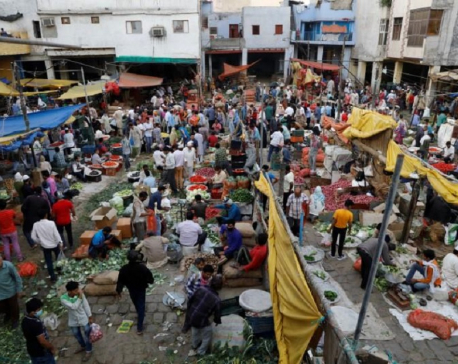
India's coronavirus cases tick up, immense lockdown holds
NEW DELHI, March 27: India’s death toll from the coronavirus rose by six to 16 in the last 24 hours,... Read More...
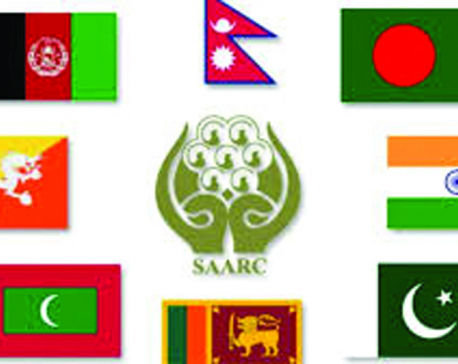
Nepal calls India and Pakistan to exercise utmost restraint
KATHMANDU, Feb 27: Nepal has called India and Pakistan to exercise utmost restraint and not to engage in actions that... Read More...
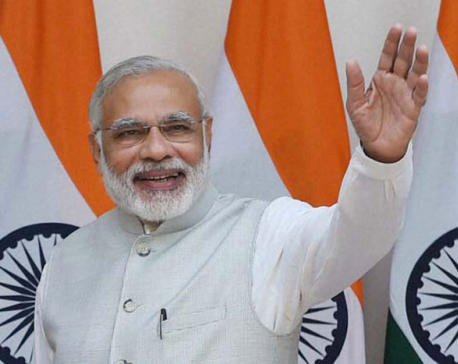
Nepal good friend of India: Deuba, India ready to support Nepal's development: Modi
NEW DELHI, Aug 24: Prime Minister Sher Bahadur Deuba, who is currently on a five-day state visit of India, said... Read More...




Just In
- NEA Provincial Office initiates contract termination process with six companies
- Nepal's ready-made garment exports soar to over 9 billion rupees
- Vote count update: UML candidate continues to maintain lead in Bajhang
- Govt to provide up to Rs 500,000 for building houses affected by natural calamities
- China announces implementation of free visa for Nepali citizens
- NEPSE gains 14.33 points, while daily turnover inclines to Rs 2.68 billion
- Tourists suffer after flight disruption due to adverse weather in Solukhumbu district
- Vote count update: NC maintains lead in Ilam-2












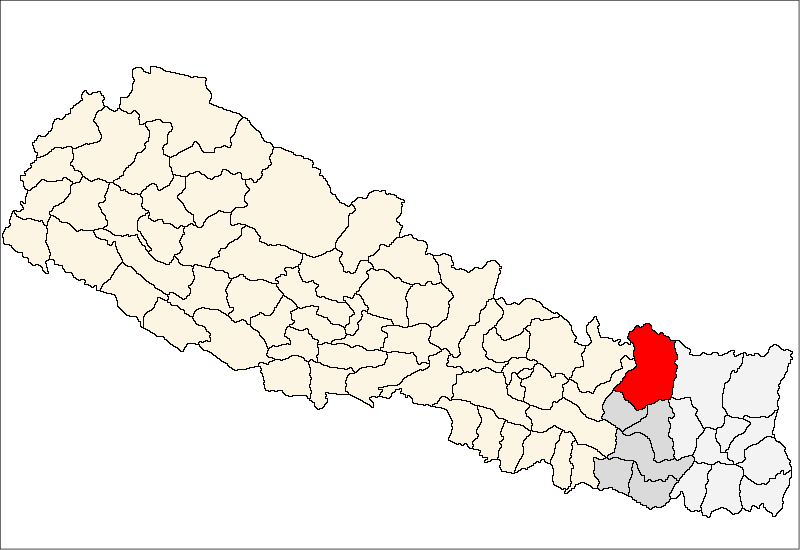
Leave A Comment